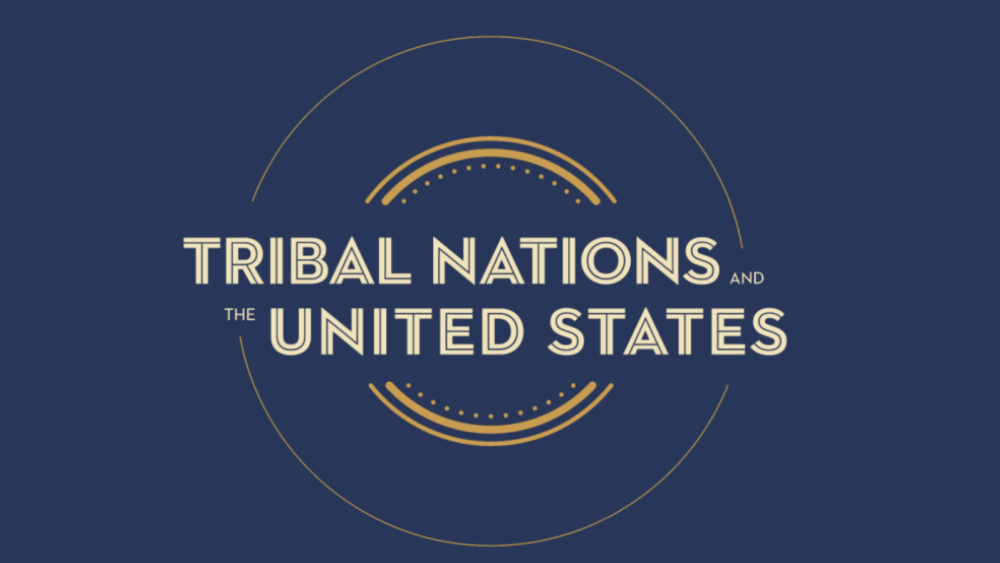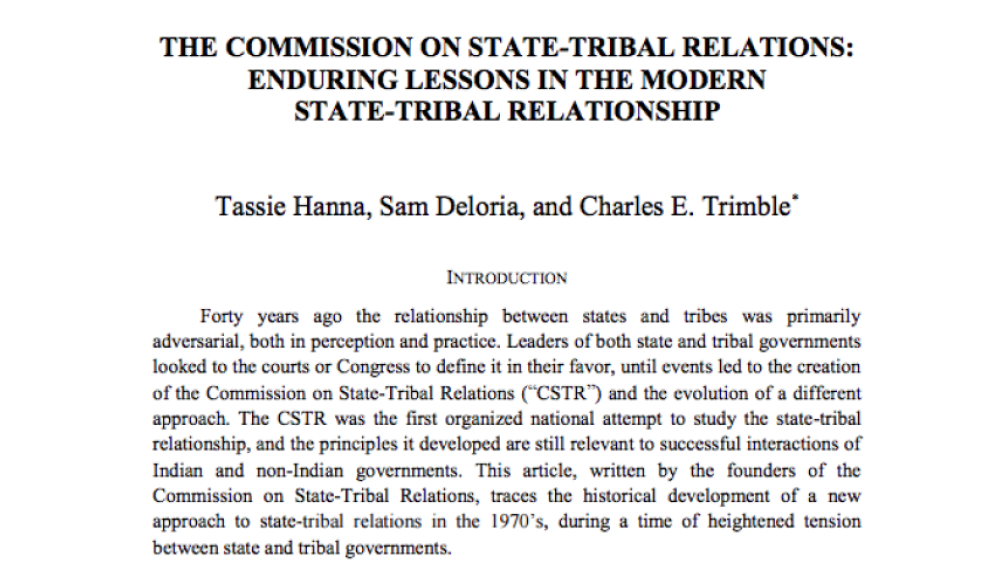State-tribal relations have a long and complex history in the United States. States’ government- to-government relationships with tribes continue to evolve, taking many forms, including formal recognition. Usually accomplished through legislative action, state recognition of American Indian tribes is just one tool used to build state-tribal collaboration.
State tribal recognition does not confer the same benefits as federally recognized tribes; it acknowledges tribal status within the state but does not guarantee funding from the state or federal government. State-recognized Indian tribes are not necessarily federally recognized; however, some federally recognized tribes are also recognized by states. Federal recognition remains the primary way in which tribes seek to be recognized.
Tribes do seek state recognition, however, because it acknowledges their historical and cultural contributions. In some cases, state recognition qualifies the tribe for federal and state support. For example, four federal agencies—the U.S. departments of Housing and Urban Development, Labor, Education, and Health and Human Services—have the statutory and regulatory authority to provide funding for state-recognized tribes. Some states authorize tribal participation on state commissions that typically make policy decisions that affect American Indians. State tribal recognition in this publication specifically refers to states that have created a formal process for recognition.
Additional Information
Salazar, Martha. State Recognition of American Indian Tribes. (October 2016). National Conference of State Legislatures. Vol . 24, No. 39. https://www.ncsl.org/quad-caucus/state-recognition-of-american-indian-tribes




